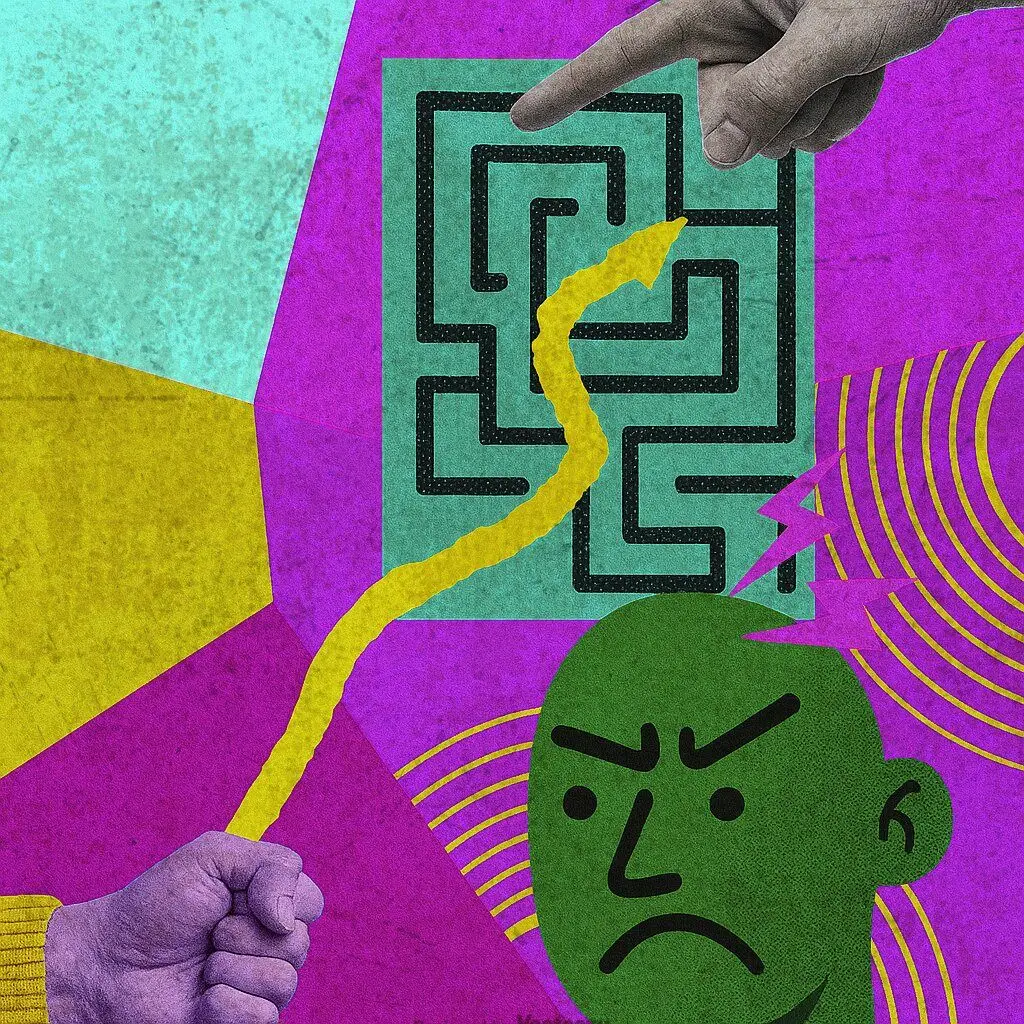Friction as a Feature: Rethinking Smooth UX in a Complex World
Smooth isn’t always smart. Sometimes friction is the design.
In design circles, friction is often treated as the enemy. Remove it. Reduce it. Streamline the journey. Make it seamless. But seamlessness is not neutral—it’s a value choice. And in many cases, it leads to shallowness, risk, or harm.
Some actions should be harder.
Some flows should slow people down.
Some decisions need context, weight, or pause.
The goal isn’t to eliminate friction. The goal is to design the right kind of friction.
When Smooth is a Shortcut
Fast checkouts. One-click sharing. Auto-filled forms. In many products, these patterns improve usability. But in complex or high-stakes systems—public health, financial inclusion, civic tech—defaulting to smoothness can backfire.
You get:
- Thoughtless consent
- Blind submission of sensitive data
- Users skipping critical information
- Services bypassing trust-building steps
Designing for speed without care creates systems that are easy to use—but hard to trust.
Productive Friction
Not all friction is bad. Some of it helps users reflect, understand, or stay safe. We call this productive friction—a deliberate moment of pause, engagement, or resistance built into a system.
Examples include:
- Explainers before submitting a high-impact form
- Confirmations that include consequences, not just summaries
- Multiple channels that allow choice, not just efficiency
- Cultural pacing that honors process over immediacy
These choices are especially important in humanitarian, civic, or learning contexts, where the goal isn’t just completion—it’s comprehension, empowerment, and mutual respect.
Friction as Dialogue
Friction can also be a relationship-building tool. A chatbot that asks how someone is feeling. A waiting screen that explains what’s happening next. A form that lets users explain things in their own words, even if it takes longer.
These moments aren’t delays—they’re signals.
They say: We see you. You matter. This interaction isn’t just a transaction.
At ADSI, we think of friction as part of the ethics of design. Not in the sense of making things difficult, but in slowing things down on purpose—to give room for dignity, awareness, or safety.
Reframing Ease
Smoothness isn’t the only virtue. In complex systems, clarity beats speed. Thoughtfulness beats convenience. And trust often comes from transparency, not automation.
Friction, when designed well, is not a flaw.
It’s a boundary. A guardrail. A breath.
It reminds people that design has power—
And power should be handled with care.



Події
Really informative article—learned a lot I didn’t know before.
Great job!